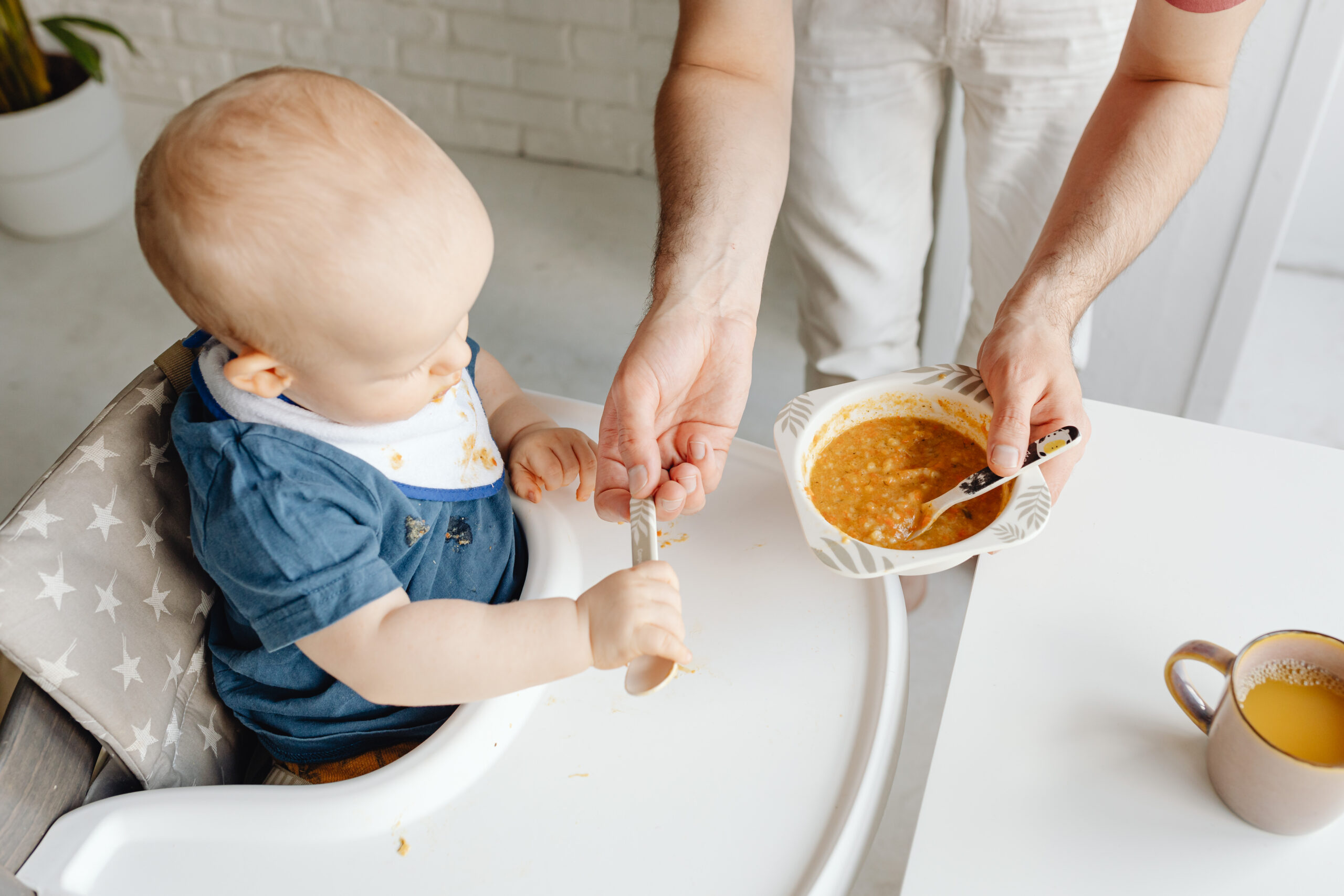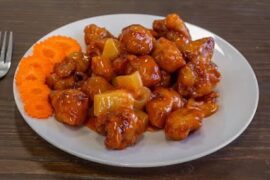Guide to Baby-led Weaning: Everything You Need to Know
Hello all you fabulous moms and dads out there! We understand, parenting is the joy of life mixed with a dash of minor confusion, especially when your little bundle of joy starts growing up! That’s why we’ve got you covered with this essential guide to give sense to your queries about baby-led weaning. So, put on your reading glasses and get ready to absorb some helpful knowledge.
So, what exactly is Baby-led Weaning?
Let’s start at the beginning, shall we? Baby-led weaning, or BLW, is an approach that allows your baby to steer the ship when it comes to transitioning from breastfeeding or formula feeding to solid foods. Instead of spoon-feeding them purees, you provide your mini-human with a variety of foods and let their curiosity and appetite guide them. Cool, isn’t it?
Why should you consider Baby-led Weaning?
Great question! Here are some whys justifying BLW:
– Helps with motor skill development: Handling chunks of food encourages little ones to improve their hand-eye coordination and fine motor skills.
– Promotes a healthy relationship with food: Babies learn to eat when hungry and stop when full, a great habit to maintain lifelong healthy eating.
– Exposes baby to a variety of flavors: More variety early on can help to create an adventurous eater. Yes, we are driving away from fussy eaters!
Getting Started: When and with what foods?
Starting BLW requires two things: your baby’s readiness and the correct types of food. Typically, babies are ready for weaning around six months. They can sit up mostly by themselves and are interested in the food you’re eating. As for the food types, the sky is the limit! Just remember to opt for softened, easy-to-grip foods to minimize choking risks.
Your Role during Baby-led Weaning
As the faithful cheerleader of your munchkin, your role in this process is to provide a safe, encouraging environment. Patience is key here, your babies are learning, so let them! And guess what? Messes are part of the fun! So dig in and enjoy this rollicking ride of nurturing your little foodies.
Continue reading to get an array of food ideas, safety tips and enhancement strategies to ensure a smooth sailing journey towards baby-led weaning. Stay tuned, lovely parents! We promise to equip you with everything you need to know.

Credit: Pexels
Food ideas for Baby-led Weaning
Your baby’s new menu is only limited by your creativity! The primary thing to remember is the food needs to be easy to hold and soft enough to chew or gum. Some amazing foods to start with might include:
– Roasted vegetables: Soft, easy to hold, and packed with nutrients, carotenoids and fiber.
– Soft fruits: Avocado, banana, peaches, and melon make excellent first foods.
– Boiled eggs: A powerhouse of essential nutrients and easy to mash or chop into small, manageable pieces.
Safety Tips during Baby-led Weaning
While BLW is a fantastic ride of exploration for your baby, safety is paramount. Here are a few tips to keep your baby’s journey a safe one:
– Always supervise mealtimes: Make sure you’re there for every meal, watching out for potential choking hazards.
– Cut foods correctly: Foods should be cut into manageable sizes to ensure they don’t pose a choking risk.
– Exclude certain foods: Foods like whole nuts, raw carrots, or any hard foods, as well as foods with added salt or sugar, should be avoided.
Enhancing Baby-led Weaning
To make the weaning ride super exciting for you and your baby, try these strategies:
– Include your baby in family mealtimes: This makes the process more enjoyable and gives your baby the opportunity to watch and learn from you.
– Offer a variety of foods: Mix up the menu to keep your baby stimulated and entertained at meal times.
– Embrace the mess: Mess is an inevitable part of BLW. Take it in your stride, it’s a sign of progress!
Wrapping Up
And there you have it! A comprehensive guide to baby-led weaning, all served up and ready to help you on your weaning journey! Remember, it’s all about patience, exploration, and fun. So, buckle up for this exceptional gastronomic adventure with your little one.
Stay joyful, wonderful parents! You’re doing great! And as always, keep those queries coming. It is always a pleasure to help you navigate parenthood with confidence and a smile.
Baby-led Weaning: What You Need to Know
Baby-led weaning is a fantastic way for your little one to learn, explore and enjoy food. Here’s a quick rundown of 5 key points all parents should know when preparing for this journey:
1. Start at the Right Time
The ideal time to start baby-led weaning (BLW) is when your child is around 6 months old. This is when they are biologically ready to handle solids and are able to sit up on their own. Remember, every baby is different and may be ready at slightly different times.
2. Offer Nutrient-Rich Foods
The importance of nutrient-rich foods cannot be stressed enough! In the first year, iron-rich foods like meats, beans, or iron-fortified cereals are great choices. Ensure to include a variety of fruits and vegetables in baby’s diet.
3. Cook Foods Properly
As you embark on this journey, bear in mind that your baby’s food needs to be cooked properly. Hard foods should be cooked until they turn soft and are easy for the baby to mash between their gums.
4. Safety is Paramount
When starting the BLW journey, safety should always come first. Always supervise your baby while he’s eating, make sure he’s seated comfortably, and learn the signs of choking to ensure a happy and safe feeding experience.
5. Embrace the Mess
Last but not least, embrace the mess! Baby-led weaning is a hands-on, messy affair. Prepare for messes and spills, but remember it’s all part of your baby’s learning and exploration journey.
Above all, patience, persistence, and positive reinforcement are the keys while transitioning your baby to solid foods through baby-led weaning. This process is a fun, exciting way to instill healthy eating habits in your little one. Happy weaning!
For more great articles please see here. For more information on raising children see here
Disclaimer
The articles available via our website provide general information only and we strongly urge readers to exercise caution and conduct their own thorough research and fact-checking. The information presented should not be taken as absolute truth, and, to the maximum extent permitted by law, we will not be held liable for any inaccuracies or errors in the content. It is essential for individuals to independently verify and validate the information before making any decisions or taking any actions based on the articles.




